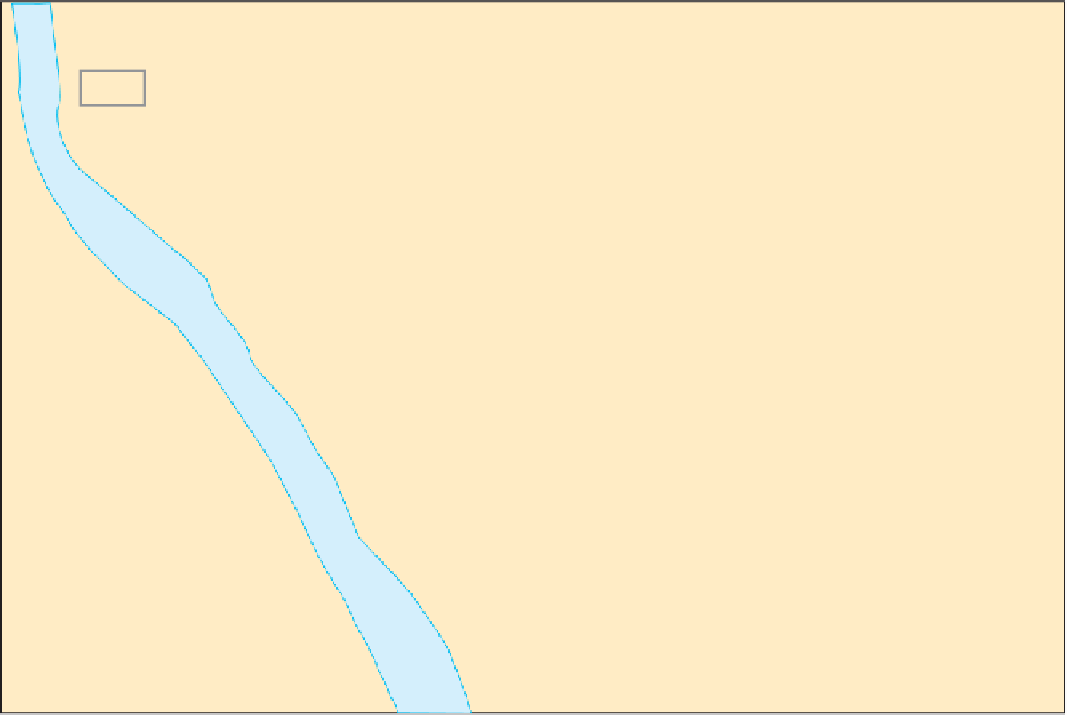Geography Reference
In-Depth Information
around the world. The adversaries in post-World War II
confl icts in Northern Ireland, Spain, the former Yugosla-
via, Sri Lanka, Ivory Coast, or Rwanda cannot be identifi ed
racially; thus “ethnicity” becomes the marker of difference.
In some instances, the term
ethnicity
is reserved for
a small, cohesive, culturally linked group of people who
stand apart from the surrounding culture (often as a result
of migration). Like other aspects of culture, ethnicity is a
dynamic phenomenon that must be understood in terms
of the geographic context and scales in which it is situated.
others have created distinct patterns of settlement and
ethnically imprinted cultural landscapes.
The town of Mexicali is the capital of the State of
Baja California (located in Mexico, just south of the State
of California in the United States). Not far from the cen-
tral business district of Mexicali lies one of the largest
Chinatowns in Mexico. A 1995 study of the Mexicali Chi-
natown by geographer James R. Curtis showed that it has
been the crucible of Chinese ethnicity in the Mexicali Val-
ley throughout much of the twentieth century. Chinese
began arriving in 1902, and by 1919 more than 11,000
Chinese were either permanent or temporary residents of
the valley. They established a thriving Chinatown in the
heart of Mexicali that served as the uncontested center of
Chinese life in the region for decades (Fig. 5.9).
The Chinese of Mexicali were prominent players in
the social and economic life of the city during the twenti-
eth century. They owned and operated restaurants, retail
trade establishments, commercial land developments,
currency exchanges, and more. By 1989 they owned
nearly 500 commercial or service properties. In an effort
to sustain their cultural traditions and add to the cultural
Chinatown in Mexicali
The border region between the United States and Mexico
is generally seen as a cultural meeting point between Mex-
icans and Anglo Americans. Yet the ethnic composition of
people in the border region is more varied than Mexican
and Anglo. Through migration, people from Germany,
Russia, India, China, Japan, and countless other places
also live in the cities and rural areas of the United States-
Mexico border region. Over time some of the migrants to
this region have blended into the larger community, and
Flour
Mill
Main
Gate
Custom HQ
USA
MEXICO
A. Internacional
Chapultepec
Park
Aduana
School
A. Madero
Catholic
Church
Whiskey
Still
Boxing
Arena
Chinese
Theater
Tenements
Gambling
Pool
Halls
A. Guerrero
Chinese M.E.
Church
Cock
Fighting
Shed
Corral
A. Cinco de Mayo
Block occupied entirely
by Chinese
Co. Algodonera de la
Baja California
Government
Wireless
Station
Chinese Theater
A. Juarez
THE DIVERSITY AND
EXTENT OF CHINESE
BUSINESSES IN
MEXICALI'S
CHINATOWN OF 1925
Chinese Laundry
Chinese Bunkhouse
Chinese Compound
Chinese Shacks
Chinese Adobe
Other Chinese Structures
Cabaret, Dance Hall
or Beer Garden
Chinese
Masonic
Temple
China Association
Mexican
Chinese
Ginning Co.
Hospital
A. Lerdo
Mexican Army
Fort & Barracks
Army HQ
Indian
Hovels
Municipal
Jail
Bull
Ring
A. Zuazua
(not to scale)
Figure 5.9
Chinatown in Mexicali, Mexico.
The diversity and extent of Chinese businesses in Mexicali's
Chinatown of 1925 is shown in this map.
Adapted with permission from
: J. R. Curtis, “Mexicali's
Chinatown,”
The Geographical Review
, 85 (1995), p. 344.









































































































































































































































































































































